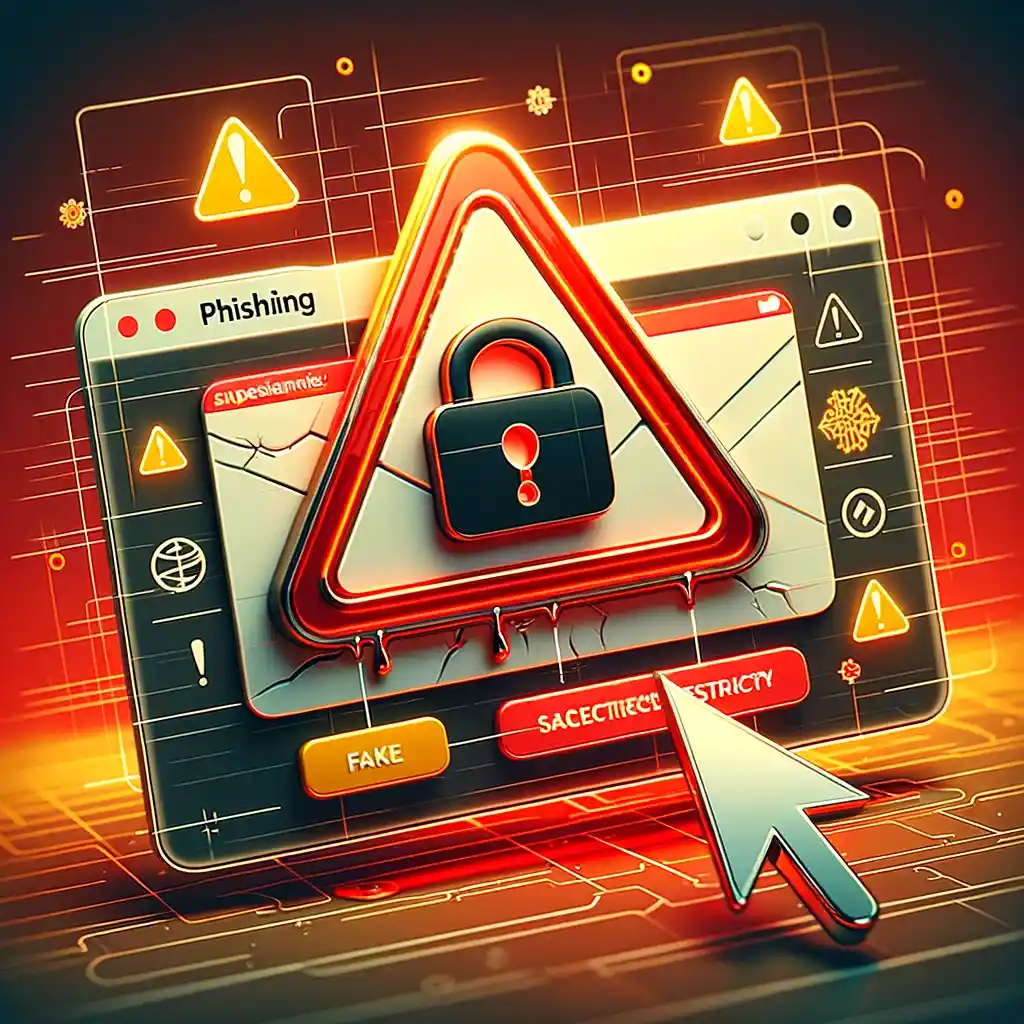Have you ever scanned a QR code while grocery shopping, only to end up with unwanted charges on your bank statement? Scammers are using the technology to entice consumers to unknowingly interact with malicious code, leaving them vulnerable to fraud. To minimize your risk of becoming a victim, it’s important to know what to look for when reviewing QR codes. This article will help you to recognize and avoid fake QR code scams.
What is a QR Code?
A Quick Response (QR) code is a two-dimensional barcode typically associated with print advertising, websites, and product packaging. They were first created in 1994 by Denso Wave, a subsidiary of the Toyota Corporation, to improve inventory tracking. It allows any smartphone or tablet with a camera and a QR code reader app to interpret and network with the code’s associated data.
Is It Possible To Create a Fake QR Code?
Scammers can create fake QR codes that work just like real ones, causing consumers to scan and unwittingly share sensitive information. The form of attack they employ is sometimes referred to as a “clickjacking” or “URL hijacking,” where the QR code contains hidden code that routes users to a different URL than what is expected. The redirected links could lead to phishing pages, infected files, or fraudulent websites. These can have catastrophic consequences, from stolen identities to financial disaster.
How To Confirm a QR Code is Legit
Before scanning a QR code, take a few moments to check its legitimacy. Examine how it is presented, as scammers are prone to making mistakes when creating fake ones. Misspellings, color discrepancies, and alignment problems are common tell-tale signs of a scam.
If, after thoroughly reviewing the QR code, you still have hesitations, you can contact the company listed on the advertising or packaging to verify if it is valid. This can be done by searching the company’s website for contact information, calling an official support line, or sending an email inquiry. Suppose the QR code looks unusual, and the company is unreachable or unwilling to give a straight answer. In that case, it is best to err on caution and discard it.
Precautions To Protect Against Fake QR Code Scams
There are several precautions you can take to protect against fake QR code scams. Keep your mobile device’s security software up-to-date and install a robust anti-malware app to protect against fraud and phishing attempts. Additionally, when scanning QR codes, be aware of the location and its placement. If something doesn’t appear right, don’t take the bait and scan it. Take the additional step to fully verify its source before taking any further action.
Never share personal information, such as a social security number, email address, or banking information by scanning a QR code. These can be easily intercepted by scammers. Moreover, consider enabling a remote wipe should you lose your smartphone or tablet to prevent any sensitive information from being unprotected. Finally, be wary of QR codes containing ridiculously promising deals and monitor charges to ensure that no unauthorized transactions occur.

Conclusion
While QR codes are excellent for promoting mobile interaction, they also present a significant risk to consumers. Scammers are capitalizing on the technology to craft malicious QR codes that can cause catastrophic consequences. A few simple precautions can help to keep you safe when dealing with QR codes. By carefully examining it and taking active safety measures, you can reduce the risk of becoming a victim of a fake QR code scam.


